When it comes to seasoning prime cuts of meat, the use of salt and pepper is fundamental. These two seasonings are the cornerstone of flavor enhancement, providing a way to amplify the natural savoriness of meats such as ribeye, filet mignon, and porterhouse. Understanding how to use these seasonings effectively can transform a good piece of meat into an exemplary culinary experience.
Salt is more than just a flavor additive; it’s a crucial ingredient that affects the texture and moisture of meat. It helps to break down protein structures, allowing for a juicier and more tender outcome. The timing of salting, whether it’s before cooking or finishing, greatly influences the final taste and texture. Meanwhile, pepper adds a subtle heat and a burst of aroma, complementing the rich flavors of red meat without overpowering them.
Seasoning prime cuts of meat is an art that requires a balance between enhancing the natural flavors and adding new dimensions to them. One must consider the type of salt—be it flaky sea salt or fine table salt—as each interacts differently with the meat’s surface. The granularity of pepper, whether freshly cracked or finely ground, also plays a significant role in the distribution of flavor. These elements come together to define the quality of the seasoned meat, making the difference between an average steak and a remarkable one.
Prime cuts of meat are distinguished by their high-quality marbling and tenderness. These characteristics yield exceptional taste and texture when cooked.
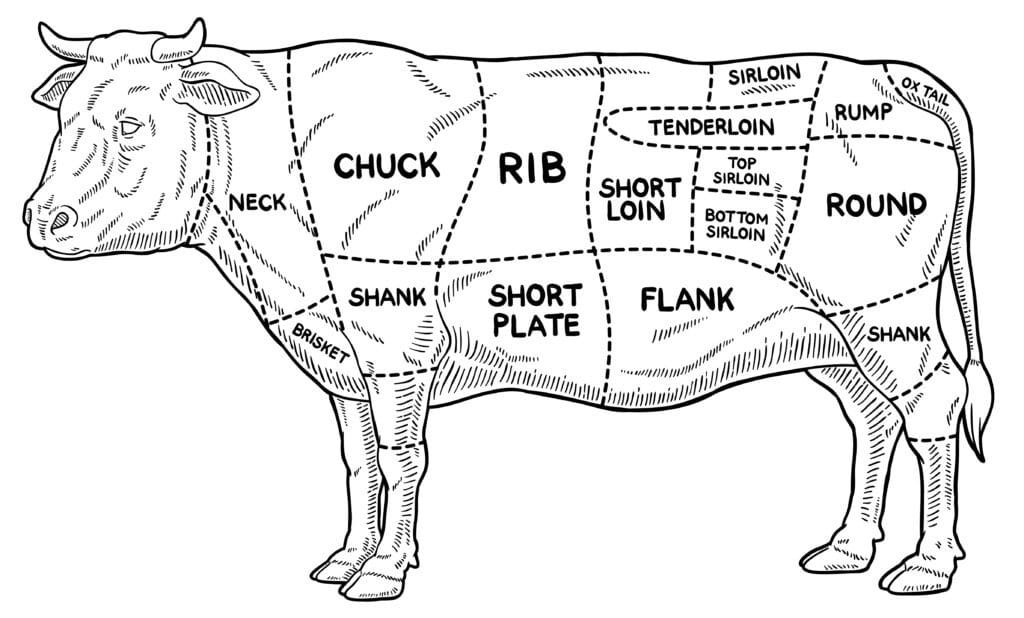
Selecting prime cuts begins with understanding meat grading. In many countries such as the United States, a “prime” grade is the highest quality assigned by the USDA, characterized by abundant marbling which is the intermingling of fat among lean meat. This marbling enhances flavor and juiciness. Prime cuts often come from the rib and loin sections of beef, including ribeye steaks, strip steaks, and filet mignon.
Visual Indicators:
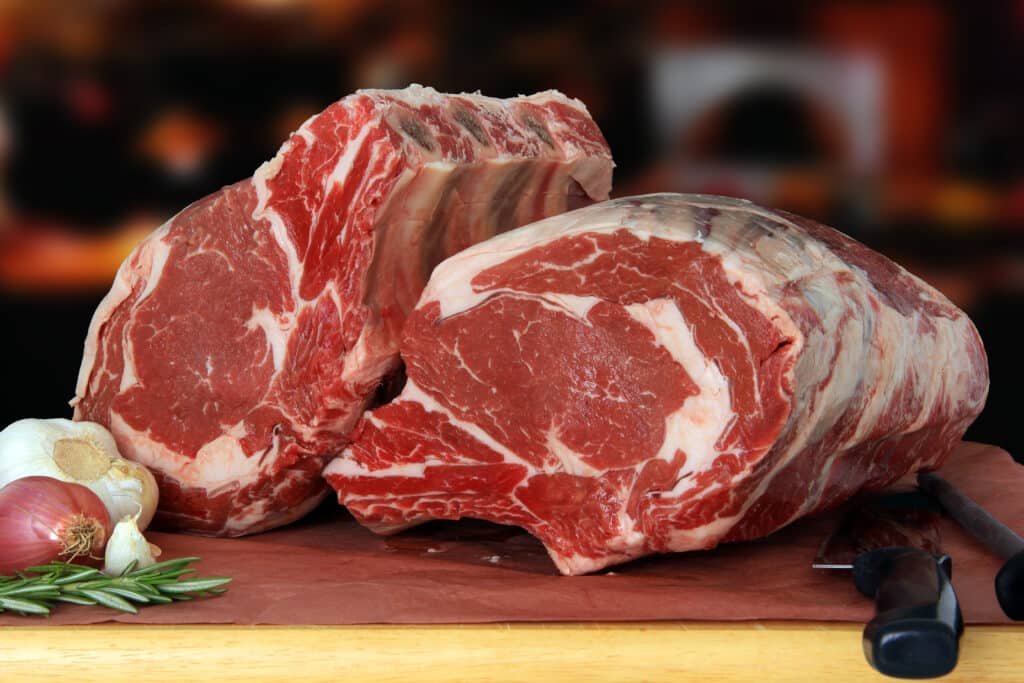
When selecting prime cuts, consumers benefit from a superior culinary experience. The enhanced marbling contributes to a juicier, more flavorful dish. Additionally, the meat’s tenderness ensures a pleasing texture and less cooking time.
Key Benefits:
Salt is a crucial component in enhancing the flavor of prime cuts of meat. It not only seasons the meat but also aids in moisture retention and the creation of a desirable crust. Understanding the types, techniques, and quantities is essential for optimal results.
Table Salt: This finely ground salt is common in household shakers. Its small, uniform crystals dissolve quickly, making it suitable for seasoning throughout the cooking process.

Dry Brining: Applying salt to meat and allowing it to sit, uncovered, in the refrigerator for several hours to overnight, promotes a juicy and flavorful result.
Steaks (1-inch thick): A safe starting point is ¾ teaspoon of kosher salt per pound of meat, adjusting to taste.
Using these guidelines as a foundation will ensure each cut of meat is seasoned to perfection.
Pepper adds complexity and a sharp, piquant flavor to prime cuts of meat, enhancing their natural taste without overpowering it.
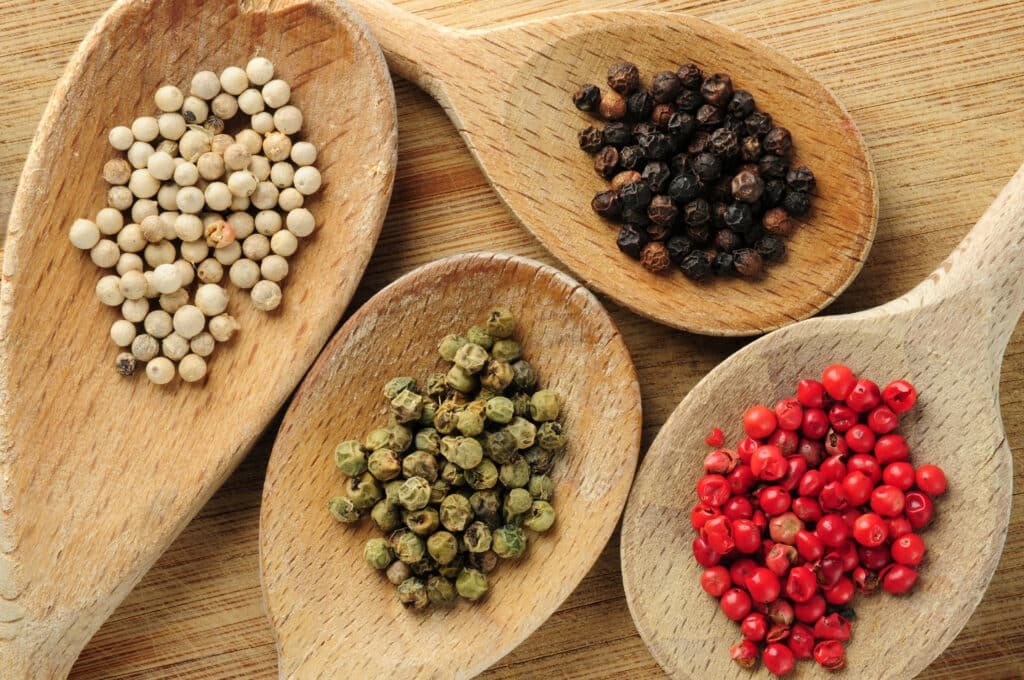
Selecting the ideal pepper type is crucial for seasoning meat. Black pepper is the most common, offering a strong, versatile flavor. White pepper is milder and less visible on lighter dishes. Green and pink peppercorns offer unique flavors and are less pungent. Here is an overview of different types of peppers commonly used:
| Pepper Type | Flavor Profile | Best Used With |
|---|---|---|
| Black Pepper | Strong, pungent | Red meats, hearty dishes |
| White Pepper | Milder, earthy | White meats, sauces |
| Green Peppercorns | Fresh, slightly tangy | Rich sauces, vegetables |
| Pink Peppercorns | Mild, sweet | Poultry, fish |
The size of the pepper grind affects flavor intensity and texture. A coarse grind yields a robust pepper burst suitable for steak, whereas a fine grind provides a subtler flavor suitable for delicate cuts. Freshly cracked or ground pepper is ideal, as it maintains essential oils and aroma.
Pepper should be applied after cooking to avoid burning the pepper, which can impart a bitter flavor. However, a light application before cooking can withstand high heat and contribute to a flavorful crust. For optimal taste, a finishing sprinkle of freshly ground pepper is recommended.
Prime cuts of meat deserve high-quality seasoning methods that enhance their natural flavors without overpowering them. The following subsections explore specific techniques that result in a perfectly seasoned piece of meat.
Dry brining involves coating the meat with salt and allowing it to rest, typically in a refrigerator, before cooking. This process not only seasons the meat but also helps to retain moisture, resulting in a juicier outcome.
Marinating is particularly effective for tougher cuts of meat like flank and skirt steaks, which come from the cow’s abdominal area and are characterized by more muscle fibers and connective tissue. The acidic ingredients in marinades, such as vinegar or citrus juices, can help break down these tougher fibers, rendering the meat more tender upon cooking. Additionally, these cuts have a robust beefy flavor that is further enhanced by the various flavors in a marinade.
On the other hand, more tender cuts like tenderloin and ribeye, derived from less exercised parts of the cow, naturally possess a tender texture and a rich, pronounced flavor. These prime cuts don’t require marinating for tenderness.
Instead, their quality is best showcased with minimal seasoning, allowing their natural flavors to shine through. While marinating can still add flavor to these cuts, it’s not necessary for enhancing their texture, making simple seasoning techniques more suitable for preserving their inherent qualities.
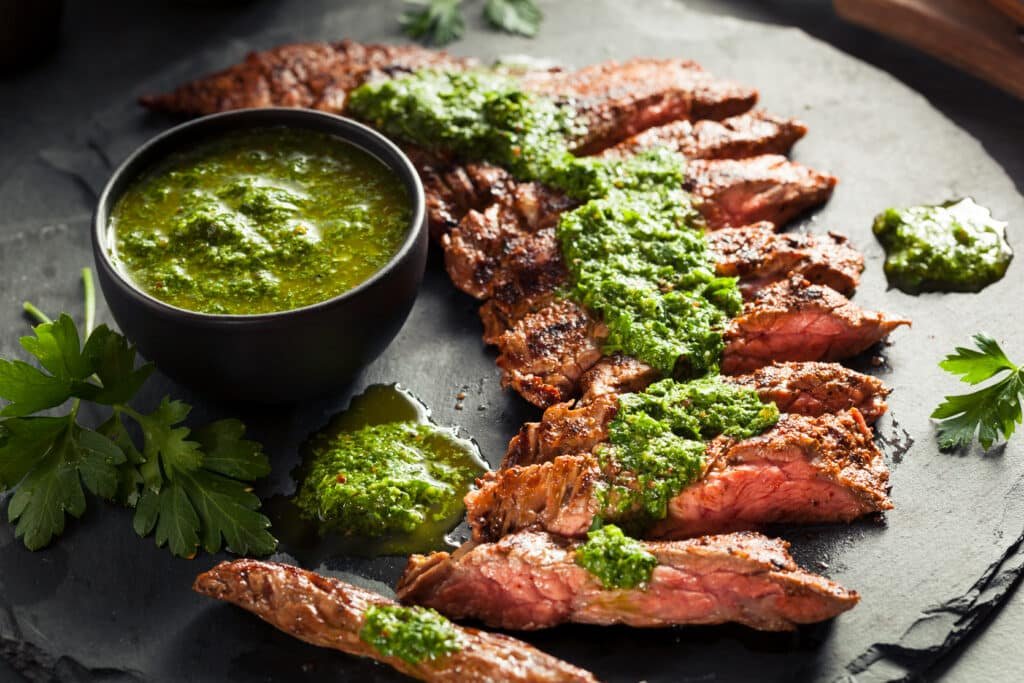
Steps:
Tailoring seasoning blends allows cooks to infuse meat with a unique flavor profile.
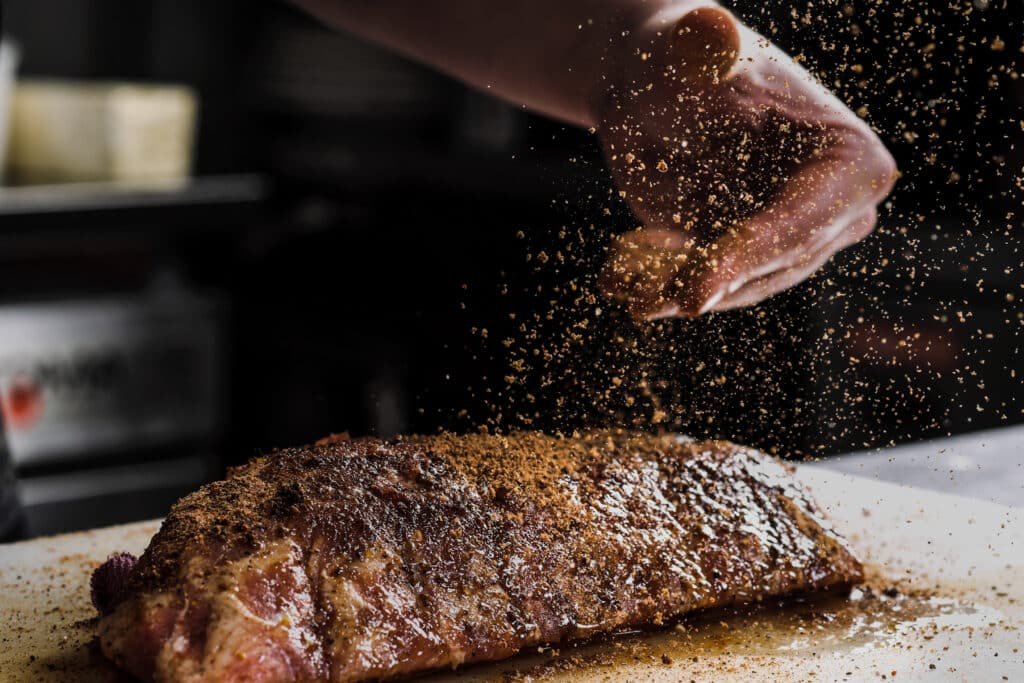
Essentials:
Mixing:
When cooking seasoned prime cuts of meat, one must consider the importance of proper temperature settings, resting times, and taste adjustments to ensure optimal flavor and texture.

When seasoning prime cuts of meat with salt and pepper, selecting the right accompaniments enhances the flavor profile and provides a balanced dining experience.
Pairing prime cuts of meat with complementary flavors is crucial to creating a harmonious dish. Herbs such as rosemary, thyme, and parsley can amplify the inherent savors of the meat when used judiciously. For a bolder taste, chefs might integrate garlic or onions, as they pair well with the rich flavors of prime cuts.
Choosing suitable sides and condiments can make a significant difference. Potatoes, whether roasted or mashed, are a classic choice that provides a creamy or crispy texture to contrast the meat’s tenderness. Grilled or steamed vegetables, such as asparagus or carrots, add a nutritious and colorful component to the plate. For condiments, a beurre monté or a red wine reduction can complement without overpowering the seasoned meat.

When seasoning prime cuts of meat, the key is to harness the full potential of salt and pepper, both of which can profoundly influence the final taste.
The scent of freshly ground pepper can significantly elevate the taste experience. For best results, one should:
Expertly layering salt and pepper allows for a more nuanced flavor profile. Consider the following approach:
Salt Before Cooking:
Salt After Cooking:
When layering, timing is crucial—salt too early, and it may draw out moisture, but too late, and it may not integrate well with the meat’s surface.